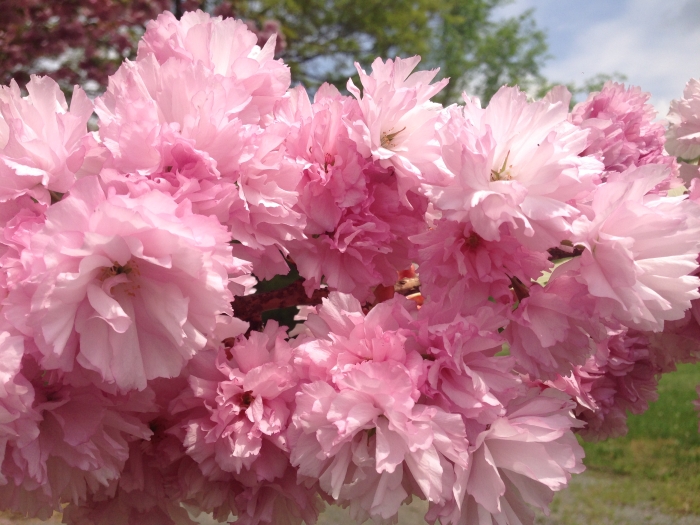Japanese Flowering Cherry
(Prunus serrulata)
Japanese Flowering Cherry (Prunus serrulata)
/
/

Famartin
CC BY-SA 3.0












































































Estimated Native Range
Summary
Japanese Flowering Cherry is a popular ornamental tree in gardens and parks, valued for its stunning floral display and attractive fall coloration. It is also a centerpiece of cherry blossom festivals worldwide. While it is adaptable to a range of soil conditions, it thrives in well-drained soils and prefers full sun to part shade. Regular watering is important, especially during dry periods. Gardeners should be aware that while the tree is generally low-maintenance, it can be susceptible to pests and diseases such as aphids and cherry leaf spot. The fruit is not a significant feature as it is small and not palatable, with little flesh around the seed.CC BY-SA 4.0
Plant Description
- Plant Type: Tree
- Height: 15-25 feet
- Width: 15-25 feet
- Growth Rate: Moderate
- Flower Color: Pink, White
- Flowering Season: Spring
- Leaf Retention: Deciduous
Growth Requirements
- Sun: Full Sun, Part Shade
- Water: Medium
- Drainage: Medium
Common Uses
Bee Garden, Bird Garden, Border Plant, Butterfly Garden, Deer Resistant, Fragrant, Hummingbird Garden, Rabbit Resistant, Showy Flowers, Street Planting
Natural Habitat
Temperate regions in East Asia, including forest edges and along streams in Japan, Korea, and China
Other Names
Common Names: Japanese Cherry, Oriental Cherry, Grannenkirsche, Japanische Blütenkirsche, Cerisier Des Collines, Japanskt Prydnadskörsbär, Japanskt Körsbär, Kinesiskt Bergkörsbär, 가는잎벗나무, Shan Ying Hua
Scientific Names: , Prunus serrulata, Cerasus serrulata, Prunus lannesiana var. speciosa, Cerasus serrulatus, Prunus ×sieboldii, Cerasus sieboldii, Prunus wildeniana, Padus serrulata, Cerasus serrulata var. taishanensis
GBIF Accepted Name: Prunus serrulata Lindl.